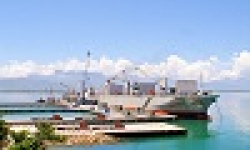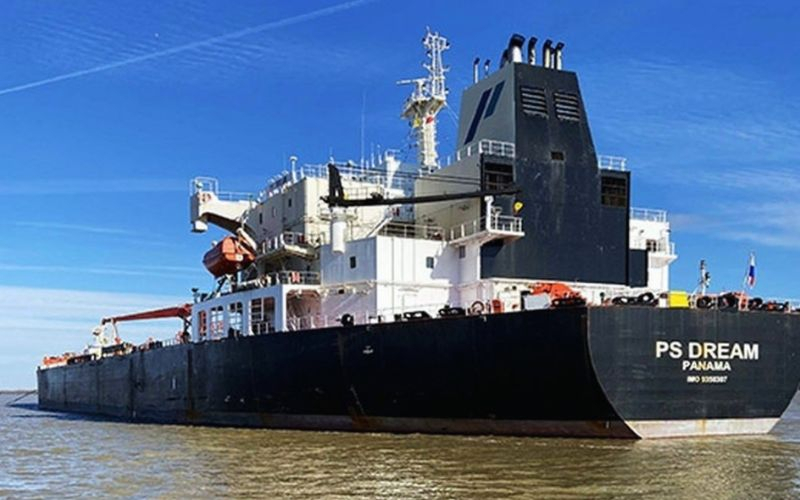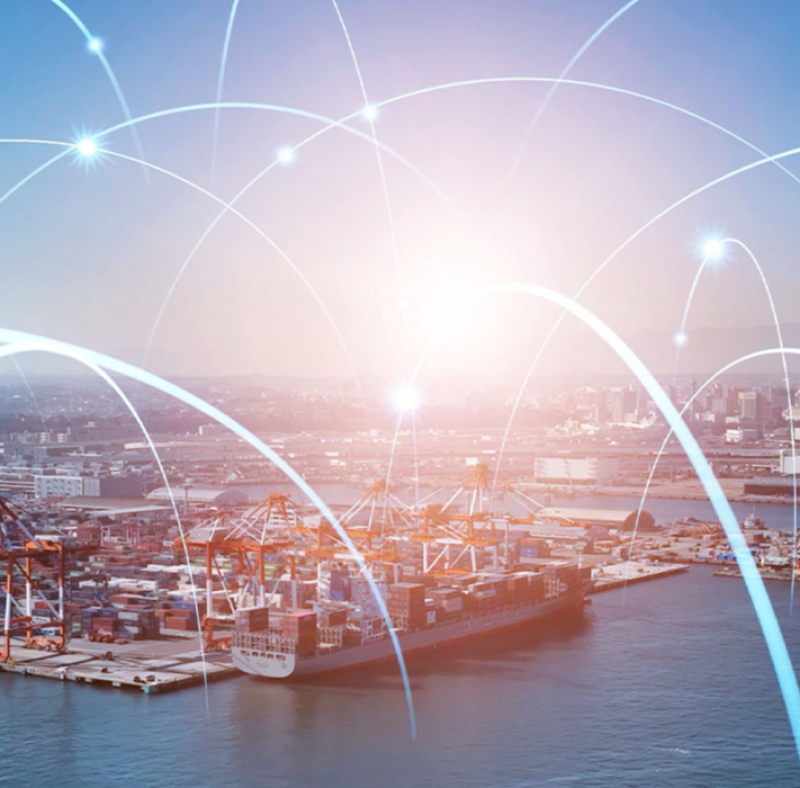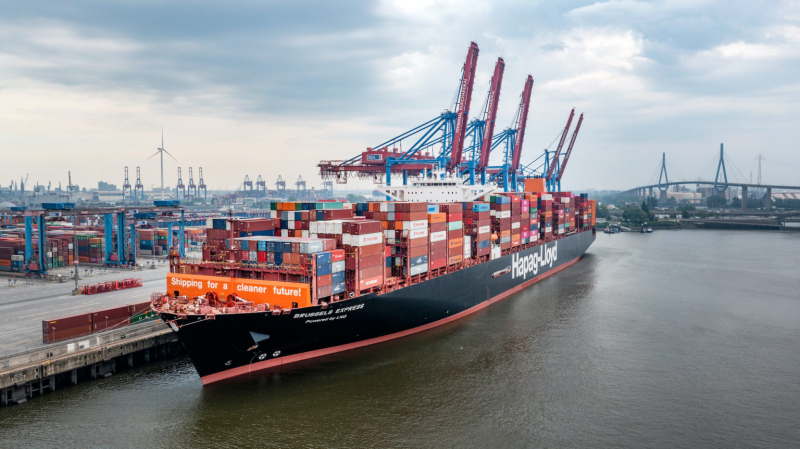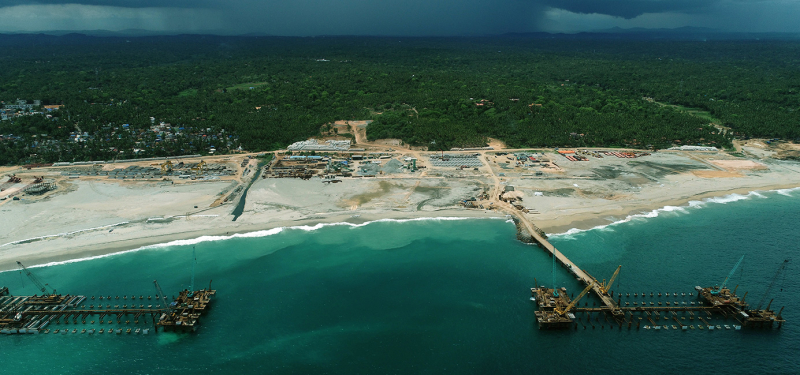
A Maersk vessel is shown at the Port of Ningbo
Container freight rates on the trans-Pacific took another hit this week as acrimonious negotiations between China and the United States turned into a full-blown trade war.
Prices on the benchmark Asia-U.S West Coast route fell 8% to $1,431 per forty foot equivalent unit for the week ending Oct. 10, according to the Freightos. Baltic Index. Asia-U.S East Coast rates also declined 8%, to $3,015 per FEU.
The weakening market came in the lead-up to new U.S. port fees on Chinese ships taking effect Oct. 14, and a matching tonnage tax implemented by Beijing on U.S.-flagged, -built and -operated vessels. The latter extend to vessel operators with 25% or greater U.S. ownership – a move seen as particularly onerous for publicly-listed ship operators who have to sort out their ownership structures.
The crisis saw the departure of U.S.-based directors from three shipowners — one from dry bulk specialist Pacific Basin Shipping of Hong Kong, two from Greek tanker owner Okeanis , and one from Danaos Corp. , also of Greece, a containership owner that charters large ships to Maersk, CMA CGM and Hapag-Lloyd , among others.
“As regards the general market impact, the list of available ships to call China’s ports is definitely smaller than before, across all shipping markets,” said Stamatis Tsantanis, chairman and chief executive of Seanergy Maritime and United Maritime. “Turning to the dry bulk market and capesize market in particular, the impact remains to be seen, but there are around 60-70 ships that are clearly affected by the latest fees, representing around 3% of the cape fleet. Given the disproportionately large incidence of China discharge in the cape segment this is likely to have an appreciable impact on our market. Not necessarily dramatic but I expect it to be felt, especially give the fact that the cape market already had a relatively restricted ship supply amid rising demand leading to low vessel availability.
“Eventually, all the costs will fall down to the actual consumer, and that’s going to make things way more expensive,” he said.
Liner operators braced for the fees by reconfiguring services to minimize their exposure.
Maersk on Tuesday said it was diverting two U.S.-flag vessels on its TP7 service away from China to South Korea. “We have noted the Chinese initiative taking effect on Oct. 14 and are currently assessing its potential impact on our services calling at ports in China. We will update our customers as soon as further clarification becomes available,” Maersk said in a statement to FreightWaves.
But structural issues are shadowing carriers’ efforts to shore up rates through rate hikes, surcharges and blank sailings. New tonnage is swelling capacity, as is an expected return to the Red Sea following the ceasefire in the war between Hamas and Israel. CMA CGM, which has maintained some Red Sea operations, said it is enhancing coverage between Asia and Red Sea ports on its REX2 service.
Rates on Asia-North Europe fell 9%, Freightos said, to $1,747 per FEU. Asia-Mediterranean prices were down by 4%, to $2,131 per FEU.
“Current U.S. import volumes estimated to be at their lowest since mid-2023 due to trade war frontloading earlier in the year – and projected to continue declining through December – are contributing, along with supply growth, to the strong downward pressure on trans-Pacific container prices,” said Freightos analyst Judah Levine in a note to customers. He said Asia-Europe demand is likely stronger than in 2024 although persistent congestion at some key ports was worsened by recent labor disruptions at some key ports, “pointing to capacity growth as a key driver of current rate behavior.“Significant capacity reductions in October have so far not succeeded in slowing the rate slide.”



